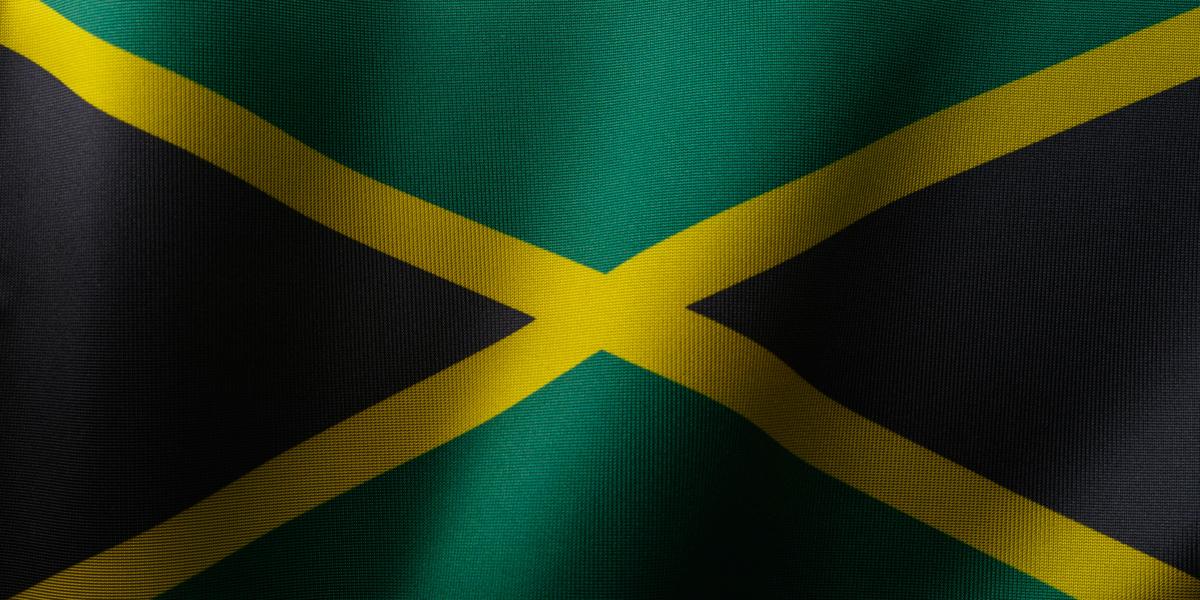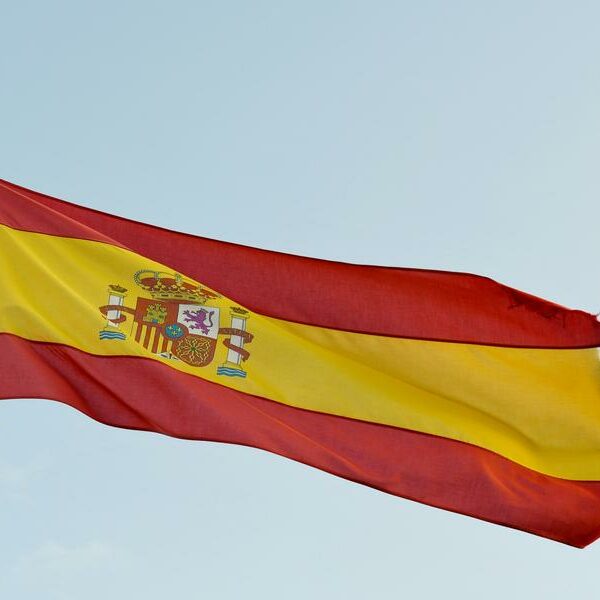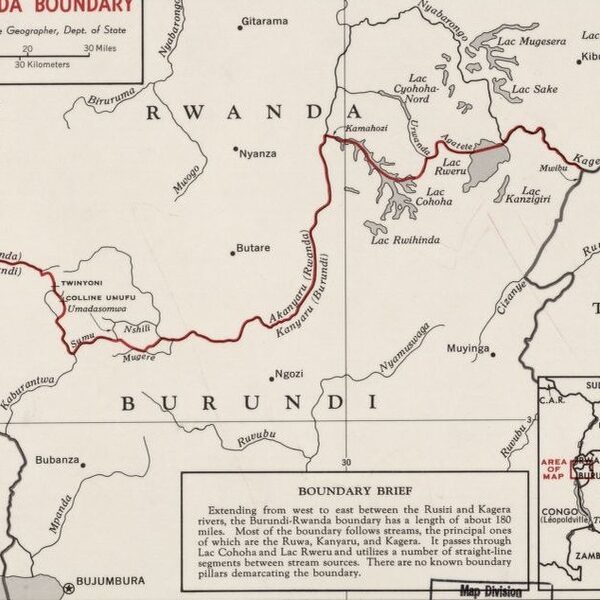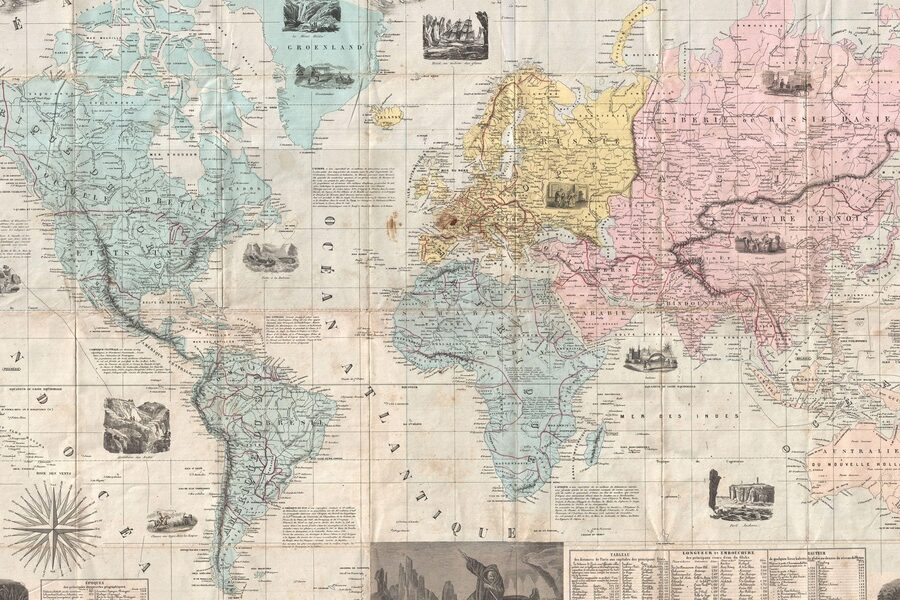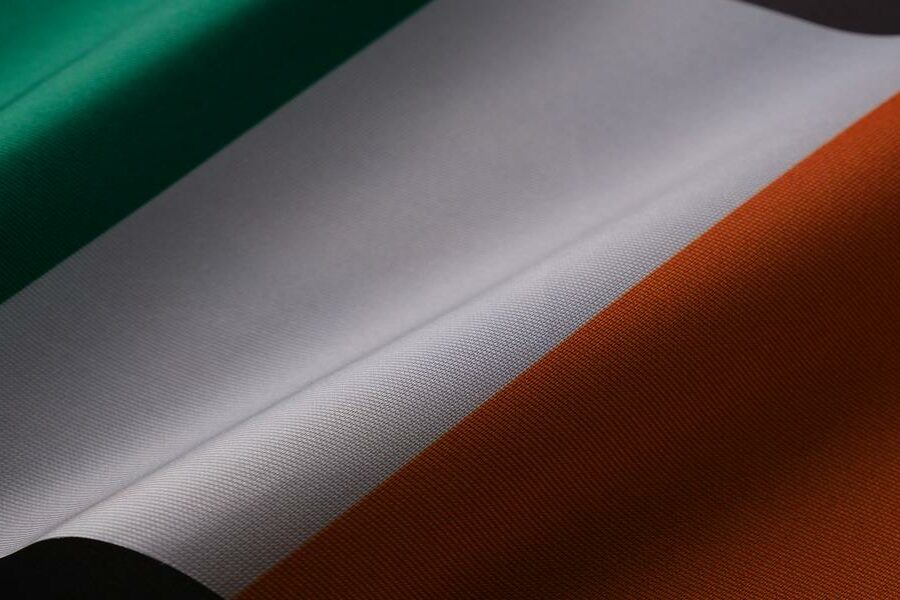There are 11 countries with flags that prominently feature the colors yellow, green, and black. These flags come from different continents, mostly in Africa and the Caribbean, and often use these colors to represent important ideas like land, people, wealth, and hope. Many of these nations use the colors to show their connection to nature and their rich cultural histories.
Below is a list of these countries, arranged in alphabetical order, with details about their flags and what the colors mean.
Flag This column shows the national flag or an emoji representation of it. It helps identify each country visually.
Continent This column tells you the continent where each country is located. It highlights the geographic diversity of the nations with these flag colors.
Meaning of Colors This column explains the symbolism behind the colors yellow, green, and black in each flag. It reveals what these colors represent for each country’s history, culture, and values.
countries with yellow, green, and black flags
| Country | Flag | Continent | Meaning of Colors |
|---|---|---|---|
| Jamaica | 🇯🇲 | North America | Black for hardship, green for land and hope, yellow for sunshine and wealth. |
| South Africa | 🇿🇦 | Africa | Black for the people, green for the land, yellow for natural resources. |
| Guyana | 🇬🇾 | South America | Green for forests, yellow for mineral wealth, black for the endurance of its people. |
| Tanzania | 🇹🇿 | Africa | Green for the land, black for the people, yellow for the country’s mineral wealth. |
| Zimbabwe | 🇿🇼 | Africa | Black for the people, green for agriculture, and yellow for mineral wealth. |
| Mozambique | 🇲🇿 | Africa | Green for the land’s riches, black for the African continent, yellow for mineral wealth. |
| Ghana | 🇬🇭 | Africa | Green for forests and farms, yellow for mineral wealth, and the black star for African freedom. |
| Saint Kitts and Nevis | 🇰🇳 | North America | Green for fertile land, black for African heritage, yellow for year-round sunshine. |
| Vanuatu | 🇻🇺 | Oceania | Green for the richness of the islands, black for the people, yellow for peace. |
| Dominica | 🇩🇲 | North America | Green for lush forests, yellow for sunshine, black for the soil and African heritage. |
| São Tomé and Príncipe | 🇸🇹 | Africa | Green for the islands’ rich vegetation, yellow for cocoa, black stars for the two main islands. |
Descriptions
Jamaica
A Caribbean island nation known for its vibrant culture. Its flag’s saltire design is one of the few national flags that does not contain red, white, or blue.
South Africa
Located at Africa’s southern tip, its flag’s Y-shape symbolizes diverse elements of society coming together. The design was adopted in 1994, marking the end of apartheid.
Guyana
A country on South America’s North Atlantic coast, known for dense rainforest. Its flag, “The Golden Arrowhead,” symbolizes the nation’s bright future and natural resources.
Tanzania
An East African country known for vast wilderness areas like the Serengeti. The flag’s diagonal black band, edged in yellow, separates green and blue triangles representing land and water.
Zimbabwe
A landlocked country in southern Africa. Its flag features the Zimbabwe Bird, a national symbol, inside a white triangle representing peace, alongside Pan-African colors.
Mozambique
A southeastern African nation. Its flag is one of the few in the world to feature a modern firearm, an AK-47, symbolizing vigilance and the nation’s fight for independence.
Ghana
A West African nation. Its flag was the first in post-colonial Africa to use the Pan-African colors, with the central black star serving as a beacon for African independence.
Saint Kitts and Nevis
A dual-island nation in the Caribbean. The flag’s diagonal black band with two white stars represents the two islands’ journey upwards in hope and liberty.
Vanuatu
A South Pacific nation of roughly 80 islands. The flag’s yellow Y-shape represents the light of the gospel spreading through the islands, which form a “Y” shape on the map.
Dominica
A mountainous Caribbean island. Its flag prominently features a Sisserou parrot, the national bird, making it one of only two national flags to use the color purple.
São Tomé and Príncipe
An African island nation near the equator. The flag uses Pan-African colors, with the two black stars on the central yellow band symbolizing the two islands that compose the country.

